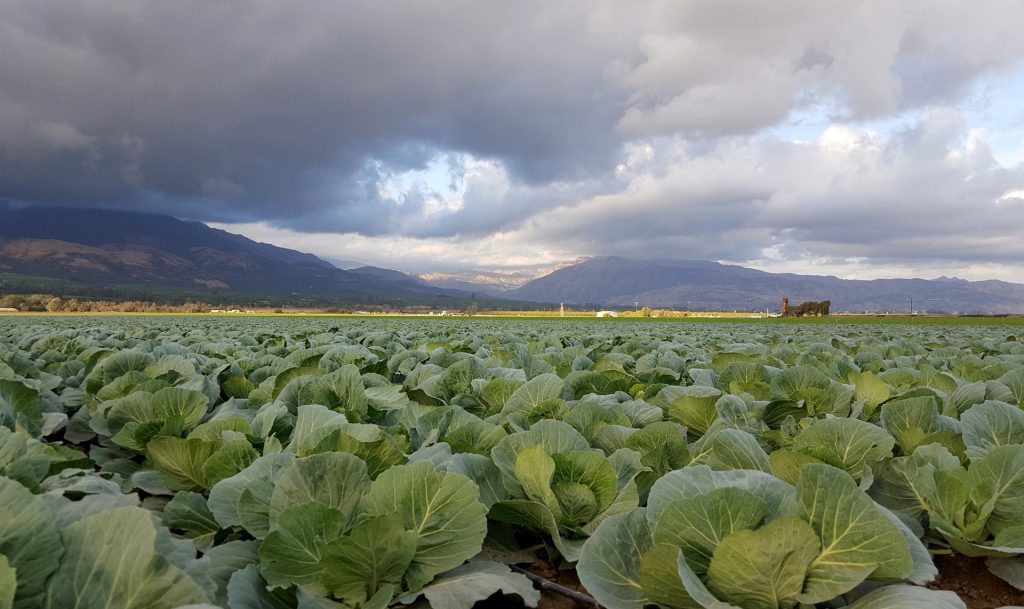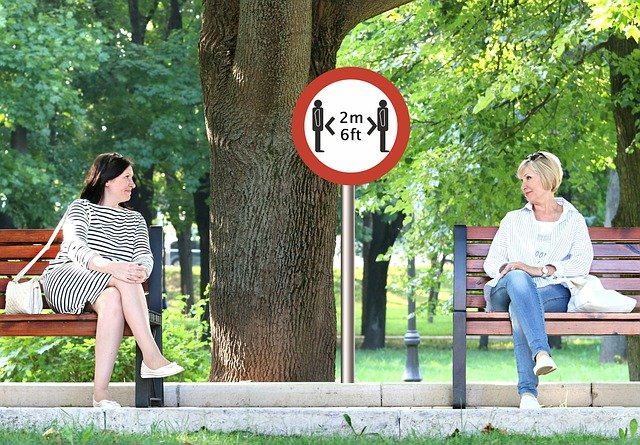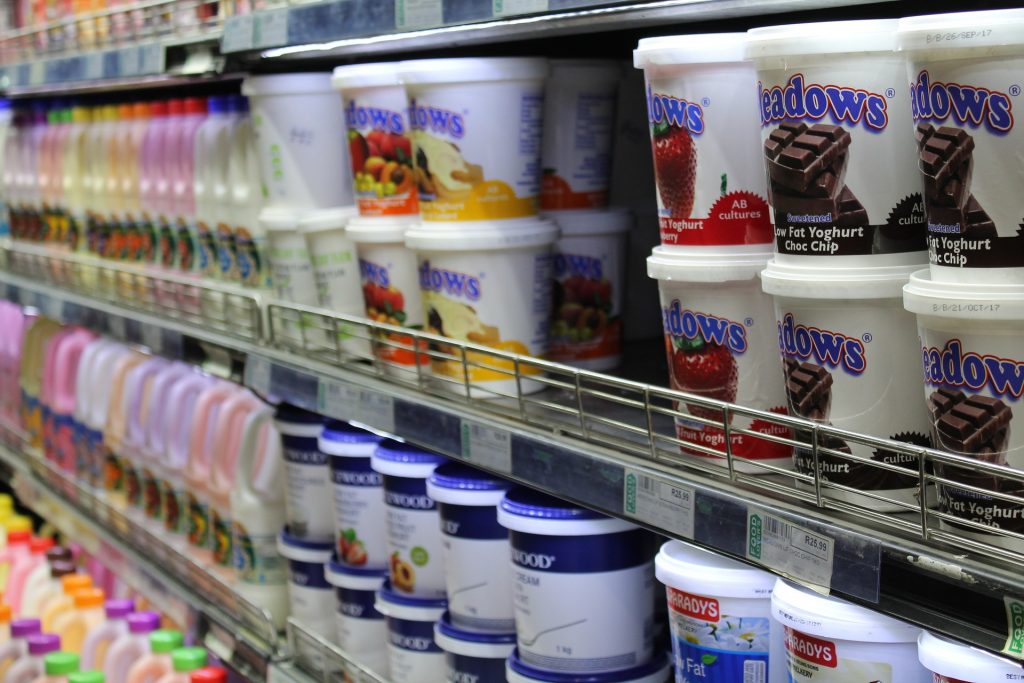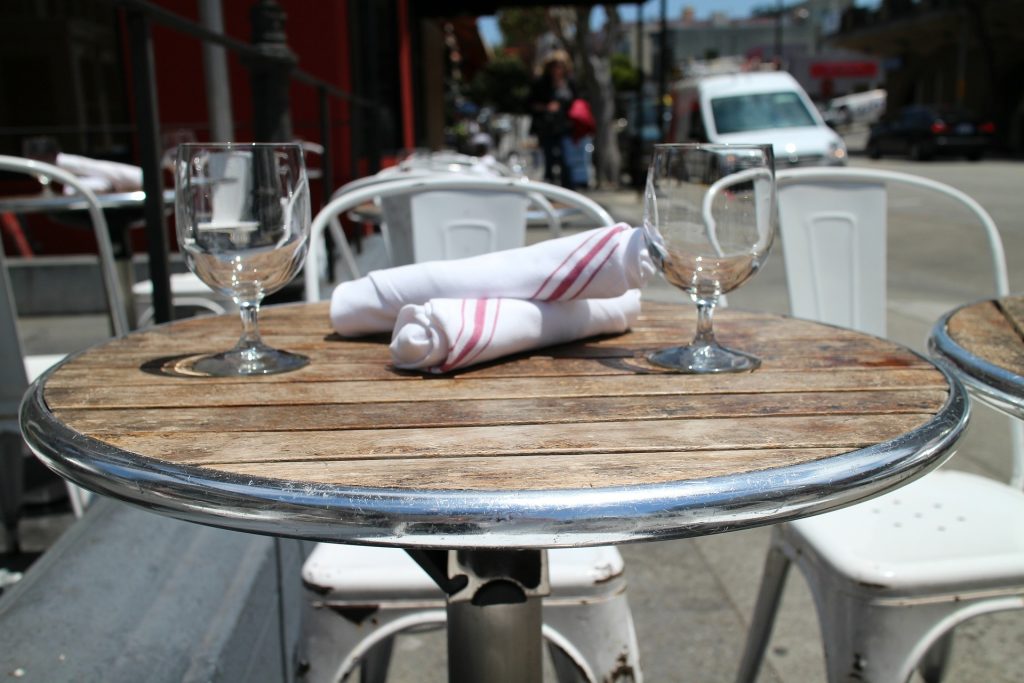There is no question that California is going through a tough period. The coronavirus health crisis has challenged the state in a way it hasn’t seen in many decades.
But the challenges have also brought out the best in many people. For instance, take coronavirus: People around California (and not only here, of course) have not only lined up at vaccination stations, but the long lines have inspired many people to get involved with the vaccination drive by volunteering to assist medical and logistics crews.

It’s true on a macro scale as well. Scientific American reports that ordinary Americans who were frustrated by administrative red tape have used Facebook and other social media sites to facilitate information and to answer questions.
For example, one Google employee named Manish Goregaokar enlisted a team of 200 volunteers to create a website that tracks vaccine availability throughout California. Every day, volunteers call hospitals, pharmacies and other vaccination locations and publish appointments on the site
“There aren’t that many opportunities where you don’t need to be special to help,” he says. “You don’t need to have contacts with the government or tons of money; you can just help with skills that a lot of people have and come together to make something better.
“This may be the most impactful thing I ever do. I’ve done other volunteering, but this directly translates to lives saved. It’s humbling and scary to be in that position,” says Goregaokar.



















